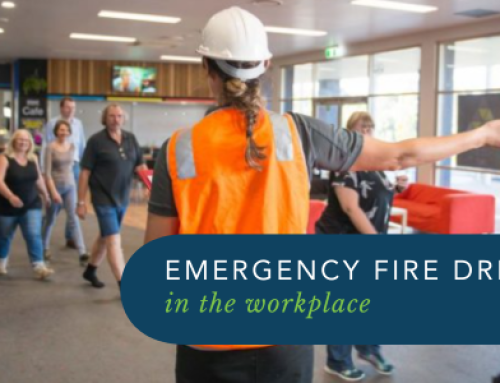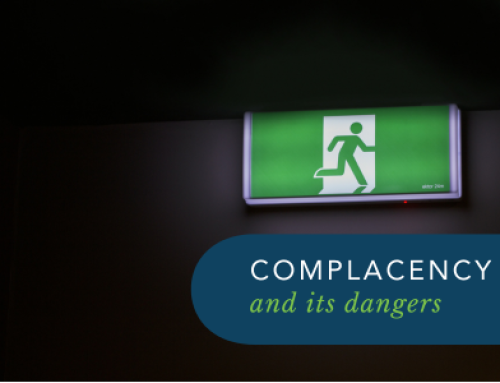According to the latest report from the Australian Bureau of Statistics, there’s over 7.5 million immigrants living and studying in Australia. This makes up 29.7% of the population that were born overseas. It also stated that every country in the world was represented in our country’s population. That’s 195 countries and possibly 195 different cultures! A melting pot, as others would say.
Our country’s migration program has helped a lot of people from around the world not only to live and study in Australia, but to be an important part of our workforce. Our skilled migration system has immensely contributed to our economic growth. Skilled immigrants have provided labour and expertise that cannot be locally sourced which then encourages more job allocations from a regional to a national scale.
According to the Work Health and Safety Act of 2011, an employer has the duty of care to look after their employees’ health and safety at work. That includes our migrant workers who does not have much experience with Australian workplaces and may not be fluent English speakers.
A great deal of migrant workers holds high-skilled jobs. They are sometimes called 3D jobs. Meaning, they are often exposed to dirty, dangerous, and demanding tasks. We will be outlining a few issues that contribute to the success and sometimes hardships our migrant workforce face.
Issues that contribute to the success and hardships of our migrant workforce
Communication Barriers and Cultural Differences
Having to work in a foreign country makes our migrant workers socially vulnerable. Communicating in a new or different language with little to no familiarity makes it difficult to establish social networks. Being away from their family means breaking their social ties which then make them subject to increased stress levels and discomfort. When an employee fails to understand or read carefully any hazard-related info, the more they are exposed to injuries (i.e., chemicals, warning signs, etc.). Employers must always be inclusive and sensitive towards an immigrant worker’s needs. It may be as simple as learning their culture, invest in workplace networking regularly, and provide workshops/training that would help said workers carry out their tasks well. We need to encourage our immigrants to always ask questions whenever they are unsure of what they are doing or looking at. As the lack of understanding would only lead to consequences when they feel left out or neglected. An immigrant employee who feels the sense of belongingness will show better and safer practices in the workplace. Social media has played a great part in promoting awareness and support to migrant workers not only to lessen the feeling of being homesick due to living and working overseas, it also contributes to the drive to stop racism and racial profiling/stereotyping, and lastly, promote positivity.
Ensuring Adequate Training
Injuries and accidents are often due to limited knowledge and lack of adequate training in the workplace, this applied to every member of the organisation. Migrant workers are no different, they however, will require further training to make sure that they understand the legalities and practicalities of working in their host country. Everyone has the right to work, to free choice of employment, to just and favourable conditions of work. Steps like these should be taken to assess the occupational safety and health of our migrant workers. Through regular training, they will be able to familiarise themselves not only with workplace healthy and safety, but also work ethics. We hire immigrants for their skills, knowledge, and manpower, investing on honing these elements through further training would only aide in the success of the organization as a whole. Resources for various training and further studies are more than available and encouraged, employers should take time and invest on these options wherever required.
Rights and Further Advice
To avoid any misunderstanding and confusion, employers and migrant workers are required to clarify their relationship and agree to their responsibilities, including the practical arrangements. An agreement must be formalised in writing by way of a contract, or a service level agreement. According to SafeWork Australia, resources should be available to migrant workers to fully understand their work rights and entitlements, including WHS rights, workers’ compensation entitlements, wages and working conditions, visa conditions, or the Australian legal system and cultural norms. Fortunately, Australia’s governing bodies and policies not only protect migrant workers, but sees them as equals by providing the same level of care and benefits. Some organisations have made it easy for migrant workers to get access to this information by providing a separate document translated in their language, or another staff member who speaks the same language as they do. More importantly, resources online and help desk hotlines provide assistance as part of the government’s support programs for overseas workers.
Migration works, and migration is a sign of progress. Our current immigration system steers further into developing a multicultural diverse society to match our growing economy. Our country’s high regard for education, health system, and political stability only attracts more entrepreneurs, investors, and most importantly, qualified workers. Immigrants not only bring cultural and demographic benefits to the table, but they also function as a driving force to economic prosperity.
If we can be of assistance providing any training necessary for your team, kindly fill out the form below or call us at 02-883-1694.
GET IN TOUCH
Are you ready for peace of mind that your workforce is as safe and prepared as possible?
With a dedicated team of staff ready to help you meet compliance requirements and improve the overall safety of your workplace, all you need to do is get in touch.
Request your free audit today!



